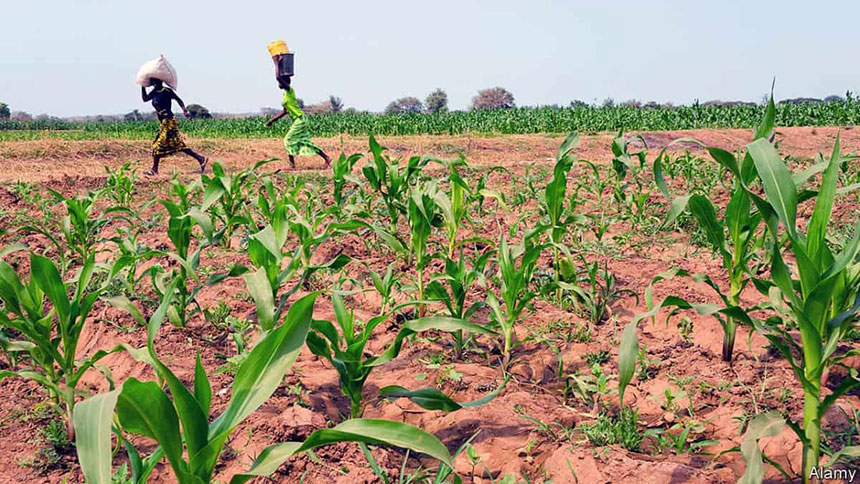[The Economist] The poor, who most need insurance, are least likely to have it

This week, The Economist shines a light on how moves to expand “financial inclusion” are being extended to bring the poor insurance as well as mobile-money accounts and access to credit. In particular, they shares examples of progress from Flourish portfolio companies Toffee, Pula and MircroEnsure.
On Microensure:
The other important elements in increasing take-up of insurance—price and ease—are often linked. MicroEnsure, a British-based “insurtech”, signed up millions of customers by offering life-insurance policies given away with mobile-phone top-ups, as an incentive to loyal customers. It provides cover to 8.6m people in Africa and Asia. But its boss, Richard Leftley, says that asking customers to answer even three simple questions (name, age and next of kin) could be enough to deter them from taking up a free offer.
On Toffee:
An Indian insurer, called Toffee (as in “as easy as…”) offers a range of products, such as theft and damage cover for bicycles, “commuting” insurance (for accidents riders might have); and insurance against mosquito-borne diseases such as dengue (which it hopes pharmacies will promote to people buying insect-repellent). It boasts that it takes less than 200 seconds to buy a policy on its app or website and less than three days to pay claims. Such insurtech firms can win business by serving the poor, venturing into parts of the market long neglected by insurers, and through digital processes, exploiting the chronic inefficiency of well-established competitors.
On Pula:
Second, in poor countries, they probably need to work with governments, and governments will need to use some of the money they spend on their poorest citizens to promote insurance. Pula, for example, is on a pilot scheme in Zambia, involving 150,000 farmers. They will be offered crop-yield insurance, sold with seeds and fertiliser, under the government’s Farmer Input Support Programme, which subsidises the cost of inputs to small-scale maize-producers. This will be the first time the government has used a “yield index”, covering a wide range of risks affecting the harvest, as opposed to a simple weather index. Pula already has a similar collaboration with Nigeria’s government.
Read the full article from The Economist here. (Please note: Paywall present.)